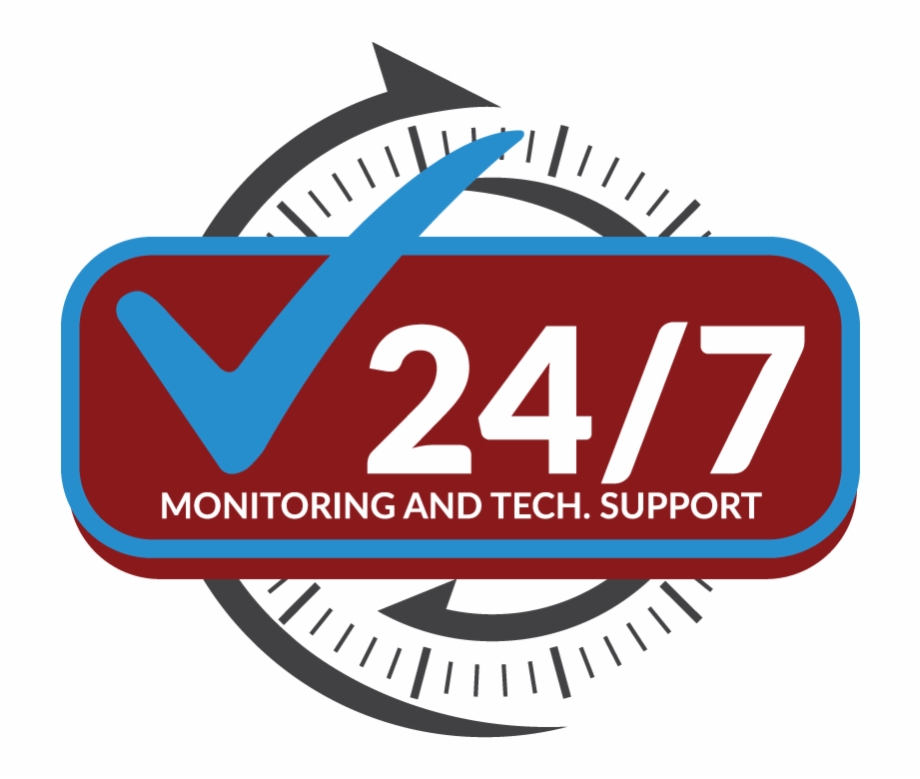Training & Support
When adopting or creating new software, training helps users adapt to changes in their roles, the addition of new team members, or vendors, while support helps end-users prevent issues from the get-go. Support enables the evolution of the platform to better meet the needs of the organization from spotting new enhancements to finding bugs that could hamper the workday. In this Insight article, we look at why training and support are important and how to get resources to address this need.
Why Adopting Software Necessitates Training and Support Efforts
No matter how user friendly or intuitive a software is, training is still required for an organization to realize the technology’s full capabilities. This is because software often patterns a number of approaches to using its features, but is never tailored specifically for one organization unless the approach of custom software development is taken.
Technology adoption leads to a number of changes related to:
- Job responsibilities
- Department headcount
- Application licensing costs
- Business processes
- Technology devices utilized
- Technology vendors interacted with
- Onboarding processes
Given the varied facets of change because of new software, the need for training is significant, and if left unaddressed could mean a number of serious and debilitating outcomes.
Consequences of Not Including Training and Support
Not including training is a recipe for a project challenge, seasoned project leaders usually include these components as part of any project definition work. Project issues that may arise if adequate training and support are not provided include:
- Project delays
- Lowered effectiveness of software/technology
- Reduced return on investment
- Increased project costs
- Resistance to change and sometimes complete software abandonment
- Increase in manual process
- Lowered job satisfaction due to frustration
- Loss of ability to maintain software
The importance of training and support should not be underestimated. An IDC report cited that “training represents one concrete step IT managers can take to assure project teams possess the skills necessary to reduce failure risk, decrease costs, and increase project effectiveness.”. Training has been proven time and again to better enablement of resources to fulfill their responsibilities and successfully adopt new paradigms to improve how things are done today. Despite the many consequences of not having training and support, here are ways to implement effective robust support and training mechanisms.

